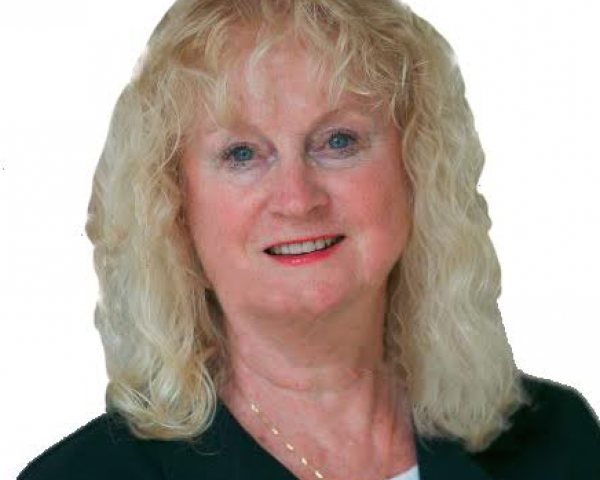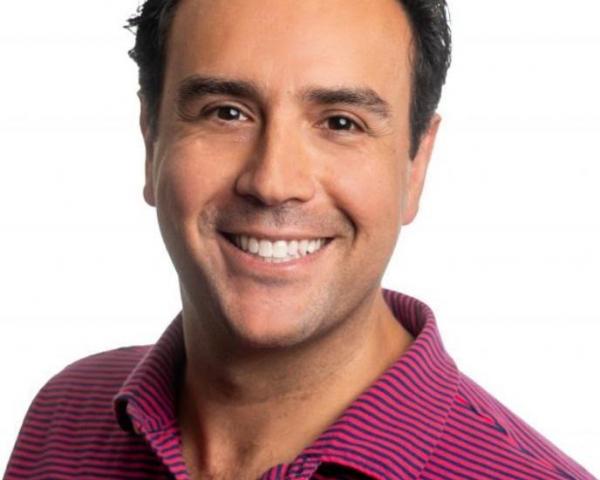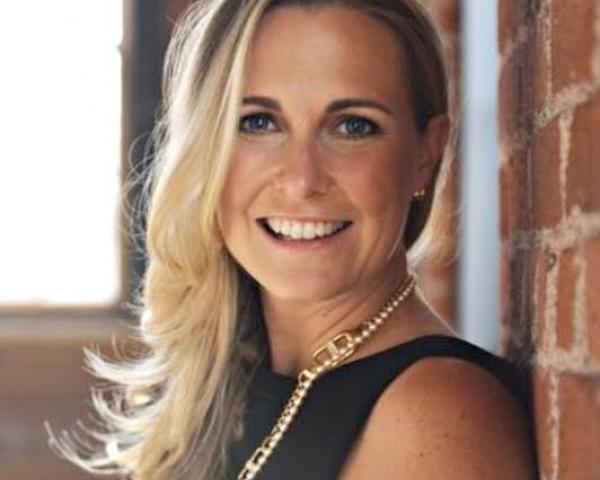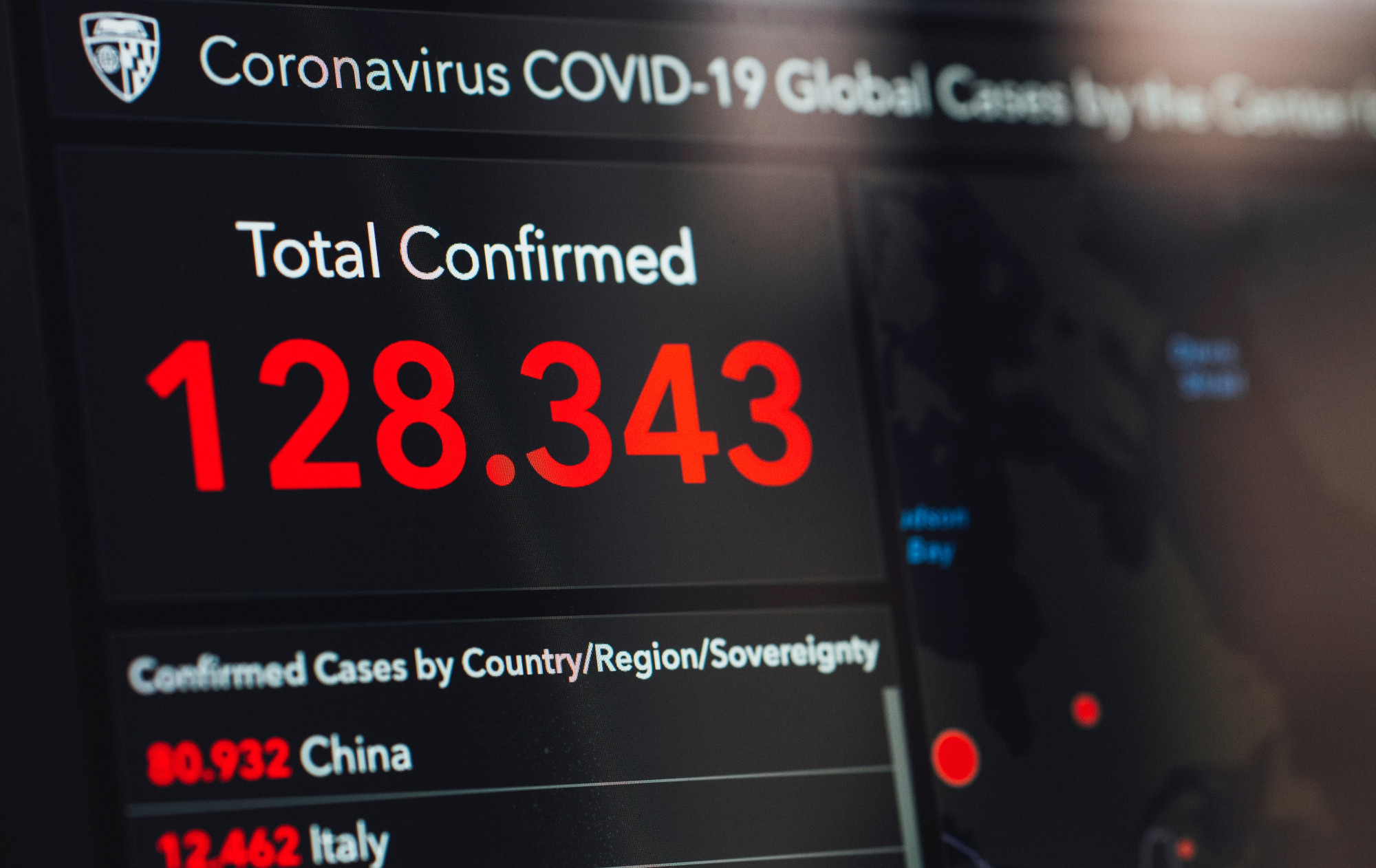It’s safe to say that 2020 will be nothing like the year we were expecting. Our actuarial projections from last year, based on looking at historical data and adjusting it to fit future conditions, are woefully inadequate for the task of projecting what life will be like in an age of “social distancing,” pandemic-level illnesses and deaths, widespread closures and cancellations, stock market panic and massive unemployment.
Amid the hourly developments coming from the news, we are beginning to understand how we should adjust our actuarial assumptions to match this new reality. The magnitude of many of the outcomes discussed here depend on the evolving response to the crisis and, most significantly, how long it takes to get back to “normal.” The speed of change is dizzying, but here are some early thoughts:
Commercial Lines
Auto — In prior periods of economic downturn, commercial auto has experienced significant decreases in accident frequency. Historical data from the 2001 and 2008-2009 recessions show frequency dropping for both minor and severe accidents. The combination of people staying indoors (both as employees and consumers), disrupted supply chains, juggling “work from home” with caregiving responsibilities and increased “belt-tightening” from the stock market downturn should result in similar frequency reductions for most auto policies.
It is unclear how delivery vehicles will be affected. Will the increase in delivery services from “social distancing” outweigh consumers’ tightening budgets? The shift of many restaurants toward “delivery-only” could increase the hired and non-owned auto exposures for those risks. One concern is that new delivery drivers may be less experienced, which could give rise to increased accident potential.
In general, trucking activity will likely decrease, which would lower the number of claims. However, there may be factors offsetting this, such as drivers under more pressure to drive longer hours now that the U.S. has suspended the 11-hour-per-day limit on driving.
See also: COVID-19 and Need for Decision Intelligence
Another consideration is that fewer personal autos will be on the roads, resulting in fewer car-on-car accidents. On the other hand, people are finding that walking and biking are good ways to get outside while keeping a safe distance from others, so there may be an increase in pedestrian strikes.
General Liability — Premises/operations claim counts are most likely going to plummet as the prospect of patrons visiting premises has all but evaporated in the era of “social distancing” and large-scale business closures. In contrast, we anticipate an increase in frequency from habitational risks as people spend more time in their rented homes. Small children cooped up inside could lead to more accidents and injuries resulting from dangerous conditions on the property.
Product claims may increase as companies shift their focus away from established products and move into new endeavors that are more relevant to the current epidemic. Examples of this are perfume manufacturers making hand sanitizer and restaurants shifting to delivery and take-out operations. In addition, consumers may start using products in ways that manufacturers never intended, such as making their own sanitizing products at home.
Pharmaceutical and healthcare companies will need to be careful about how they represent the efficacy of their products, lest they tread into “false advertising” territory.
Workers’ Comp — Businesses are temporarily closing, employees are working from home and the economy is grinding to a halt. All of this points to a big reduction in the frequency of WC claims in the aggregate, although certain classes may face pressures that cause an uptick in claims. There will likely be a large increase in the number of claims arising from healthcare workers as these brave men and women put in extra shifts to help others during this crisis. A similar situation might arise for workers under pressure to meet heightened shipping demands (e.g., truckers, distribution center workers, manufacturers and delivery services), as well as public safety officials, such as law enforcement and first responders.
There may also be fewer catastrophic injury claims as we expect a reduction in many occupations that are associated with high rates of fatalities (e.g., pilots, roofers, construction). One benefit of telecommuting is a reduction in employee concentration in one location, making a multi-person loss less likely.
Payroll, which is often used as the exposure base for premium, will probably decrease significantly, resulting in lower premiums collected.
Property — Many businesses will be closing or operating with reduced staff, making it less likely for a fire to occur there in the first place and lowering frequency. However, in these vacant and under-occupied buildings, it is more likely that a fire or water damage could go unnoticed and result in more severe building damage. And, as companies face financial pressures in a slumping economy, arson may become more prevalent.
Habitational exposures will likely see a greater frequency of fire losses, with people spending much more time at home cooking meals and using fireplaces. Some people are leaving their quarantined urban apartments to rent or property-share (e.g., AirBnB or VRBO) larger homes in less-infected nearby suburbs.
Repairs and maintenance may be slower than usual due to financial or safety reasons, and there may be less supervision of rental properties due to supervisors isolating themselves.
Directors & Officers — Some challenges facing corporate executives include enacting existing business continuity plans in a rapidly changing environment (without misrepresenting the efficacy of those plans), and the need to pay close attention to the impact that their decisions will have on their stock prices in this volatile market.
Employment Practices Liability — Employers need to navigate a diverse array of potential hurdles, including Family Medical Leave Act issues related to caring for loved ones, complications arising from unusual remote working arrangements and mass as well as individual worker layoffs under existing and new emergency employment laws. Unemployment rates are projected to rise from 3.5% up to double-digit levels, with the hardest-hit industries being retail, transportation, leisure and hospitality.
Cyber — We have already seen a marked increase in the number of phishing email scams targeting workers that are new to telecommuting, as well as fake CDC warnings that take advantage of the public’s fear.
Medical Malpractice — If the U.S. healthcare system becomes overwhelmed by a surge in patients, we might see different outcomes for patients resulting from the triaging of limited resources, for both coronavirus victims and all other types of patients. The danger posed to nursing home and long-term care patients is especially acute and will need to be monitored closely.
Surety/Credit — Surety frequency could increase if contractors are unable to continue work, raw materials supply chains are delayed or public officials stop inspecting worksites.
Public Entities — The widespread closure of public facilities could result in lower revenue for jurisdictions in the form of tuition refunds, refunds for canceled programs and a decreased tax base from reduced business and tourism. It is still unknown how effective online learning will be for students, especially those with special needs. A surge in emergency response spending will necessarily mean a decrease in less-essential maintenance and services going forward.
Personal Lines
Auto — As with commercial auto, with fewer people commuting to school or work, we expect a material decrease in miles driven (which translates into lower claim frequency) and a potential rise in pedestrian strike claims. Physical damage claims frequency will likely also decrease as a result of reduced miles driven.
Property — Families are “hunkering down” in their homes, increasing the amount of cooking, heating and other activities that could cause fires. Unoccupied second homes (rentals and additional dwellings) are more likely to go unchecked and thus face risks associated with vacant properties (water damage, unnoticed fires, vandalism). However, there may be some cases of homeowners leaving their primary dwellings in a quarantined city and spending more time at their secluded secondary dwelling.
All that social distancing should lead to a reduction in homeowner liability claims, as social visitors are less likely in this new environment.
See also: Impact of COVID-19 on Workers’ Comp
Other Consideration – Insurer Operations
There are also common business issues that have a unique impact on insurance operations to consider. For example, claims departments might be beholden to slower-than-usual mail delivery, reduced staff, headaches associated with alternative work arrangements, lags in claim reporting, difficulties in adjusting claims and slower than normal claim payments.
On the top-line side, there could be a reduction in new insurance submissions in the short term. And, since insurance premiums are linked with GDP growth, employment levels, payrolls and revenues, we anticipate a decrease in future premium as these macroeconomic benchmarks deteriorate. Unfortunately, insurance companies have many fixed costs, so decreased premium combined with constant fixed costs could result in lower profitability margins. Longer-term projects and updates are likely to be put on hold until companies are back at full operational capacity and have the financial stability to re-invest in themselves.
Even insurance experts can’t foresee every eventuality. The speed and widespread prevalence of the coronavirus are upending almost every projection we made for 2020. And, given the pace at which the health situation is evolving and the world is reacting, much of our current thinking may soon be obsolete! As always, please reach out with any questions as we navigate through these challenging times together.
Republished with permission from Gen Re. You can find this article originally published here.























